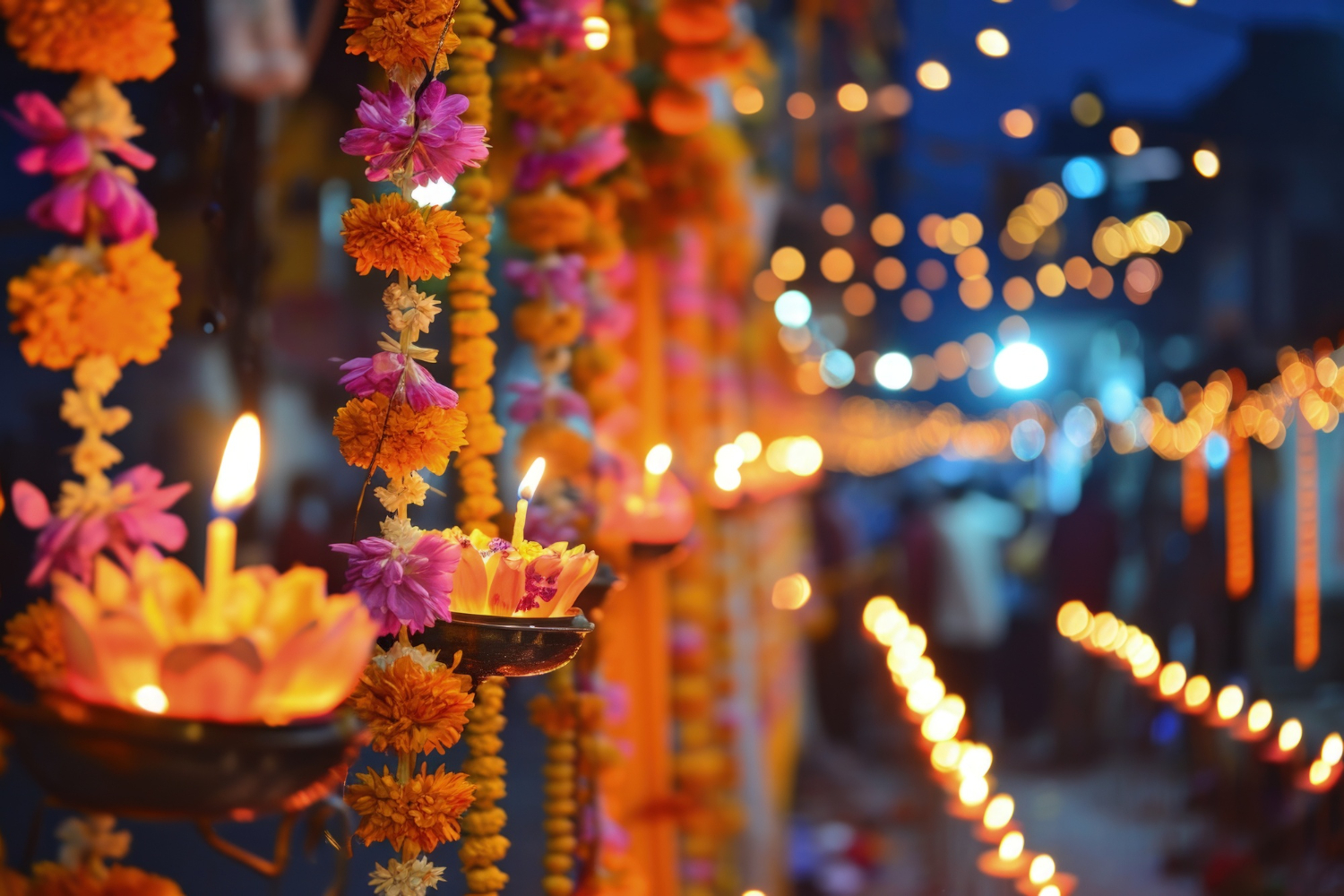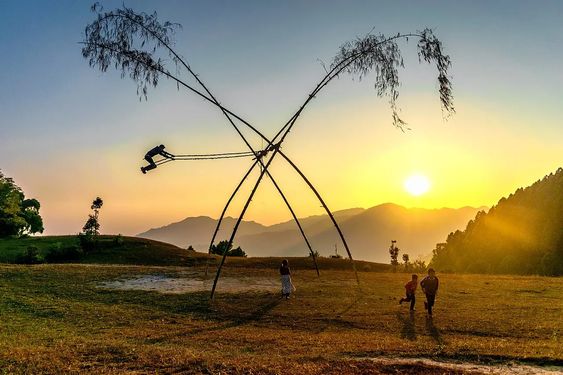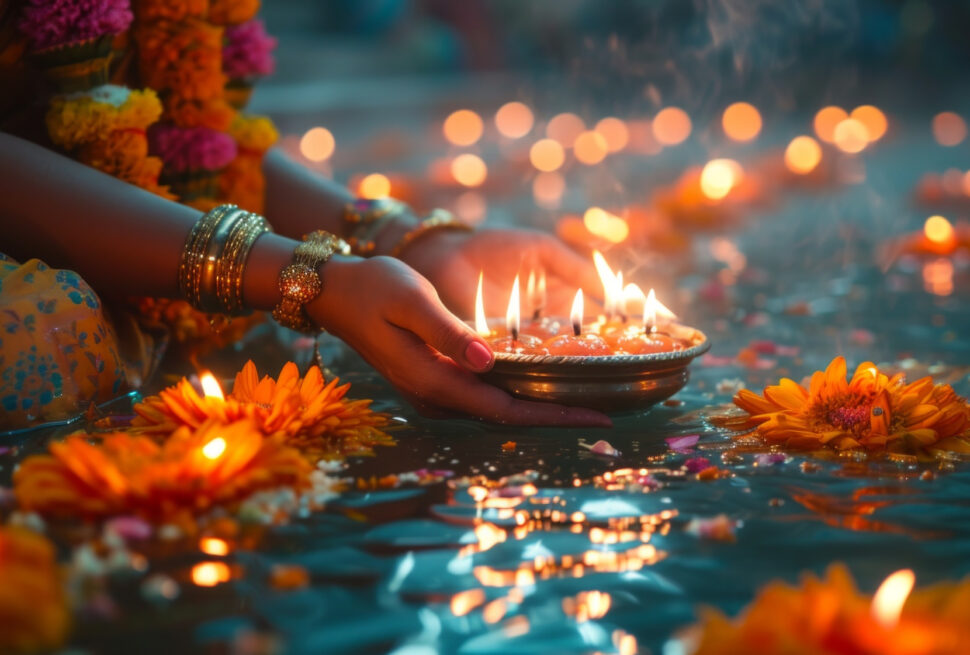Tihar (also known as Deepawali or the Festival of Lights) is one of the most vibrant and widely celebrated festivals in Nepal. Spanning five days, Tihar honors various aspects of life including animals, nature, siblings, and prosperity. It’s a festival filled with lights, colors, and ancient rituals that bring families and communities together.
Day 1: Kaag Tihar – Worshipping Crows
The first day of Tihar, Kaag Tihar, is dedicated to crows, believed to be messengers of death in Hindu culture. Families place food outside their homes for crows, symbolizing respect for the creatures and the desire to keep grief and sorrow at bay. This practice is deeply rooted in Nepalese tradition and adds spiritual meaning to the start of the festival.
Day 2: Kukur Tihar – Honoring Dogs
The second day, known as Kukur Tihar, is all about celebrating dogs for their loyalty and protective nature. Dogs are adorned with garlands, given a tika on their foreheads, and treated to special meals. In Hinduism, dogs are seen as messengers of Yama, the god of death, making this day especially significant. Kukur Tihar 2024 will again showcase the deep bond between humans and their pets, with dogs being worshipped and appreciated throughout Nepal.
Day 3: Gai Tihar and Laxmi Puja – A Day of Wealth and Prosperity
The third day is one of the most important during Tihar 2024. It begins with Gai Tihar, the worship of cows, which are considered sacred animals in Nepal. Cows are adorned with garlands and given treats, symbolizing their importance in agriculture and culture.
The evening of the third day is celebrated with Laxmi Puja, a time to worship Goddess Laxmi, the deity of wealth and prosperity. Homes and businesses across Nepal light up with oil lamps and candles, welcoming Laxmi into their homes. Laxmi Puja 2024 will see houses beautifully decorated with colorful rangolis, oil lamps, and electric lights, symbolizing the hope for financial success and happiness in the coming year.
Day 4: Govardhan Puja and Mha Puja
The fourth day of Tihar varies across different regions. Govardhan Puja is observed to worship oxen, essential animals for farming in Nepal. In the Newar community, this day is also celebrated as Mha Puja, a unique ritual focused on self-purification and worshipping one’s own body. Mha Puja is deeply spiritual, as it signifies the importance of self-worth and well-being.*-
Day 5: Bhai Tika – Celebrating Sibling Bonds
The final day of Tihar 2024 is Bhai Tika, which celebrates the bond between brothers and sisters. Sisters apply a seven-colored tika on their brothers’ foreheads, offer garlands, and present gifts, while brothers vow to protect their sisters. Bhai Tika is a heartfelt tradition that strengthens family ties and is one of the most anticipated parts of the festival.
Why Tihar is Important in Nepalese Culture
Tihar, often called the Festival of Lights in Nepal, is more than just a celebration—it’s a time of reflection, gratitude, and togetherness. From worshipping animals like crows, dogs, and cows to celebrating the relationship between siblings, Tihar holds deep spiritual significance.
During Tihar, Nepal is transformed into a magical place, with streets lit up with colorful lights, the sounds of traditional Tihar songs filling the air, and the aroma of delicious festive foods like sel roti. Tihar brings families together and strengthens the bonds between loved ones, while also fostering respect for animals and nature.
Conclusion As we celebrate Tihar 2024, let’s embrace the values this festival teaches us—respect for nature, gratitude for prosperity, and the importance of family bonds. Whether you are lighting up your home for Laxmi Puja or sharing love and blessings with your siblings on Bhai Tika, Tihar brings light, joy, and a sense of community to every household in Nepal.
Wishing you a happy and prosperous Tihar 2024! ✨



